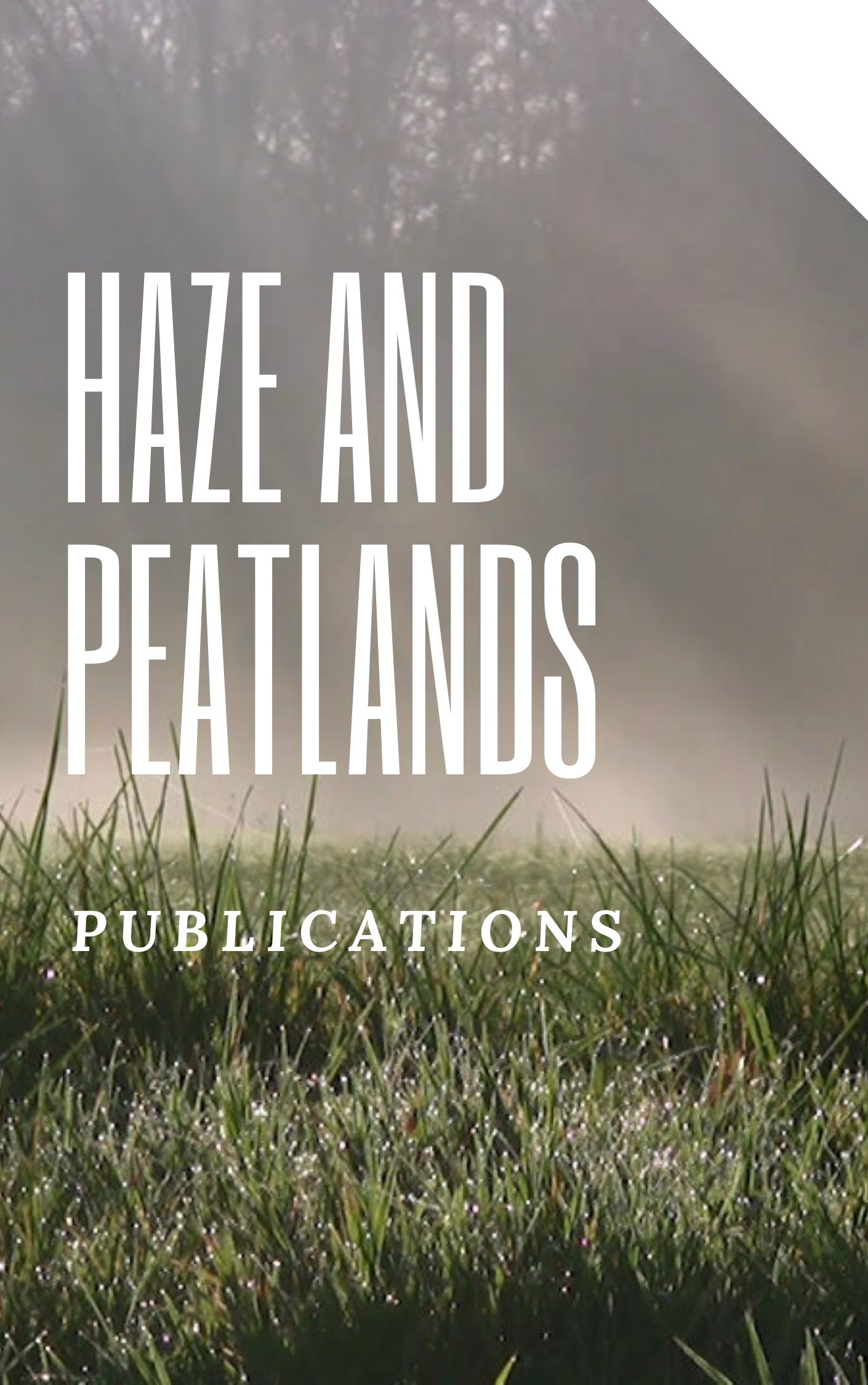Increasing water scarcity and Asia's rapid economic and social development, specifically the growing demand for animal products and biofuels, is forcing farmers to transform their traditional lowland double-rice cropping systems [R-R] to mixed lowland-upland systems where upland crops such as aerobic rice [R-A] or maize [R-M] are grown instead of paddy rice during the dry period. Such changes have implications on the C and N cycling in the soil-plant system, including major shifts in soil greenhouse gas (GHG) emissions from CH4 to N2O once paddies are used for upland cropping. Moreover, soil organic carbon stocks are decreasing, thereby jeopardizing soil fertility. In this study, we investigated if straw residue incorporation and/or catch crop cultivation impairs the greenhouse gas footprint of diversifying rice cropping systems and thus, presents an alternative to open-field straw burning and intensive mineral N fertilization. For this, we calculate annual global warming potentials (GWP) and yield-scaled GWPs of three different rice systems (R-R: rice-rice, R-A: rice- aerobic rice, R-M: rice maize) without (control) or with additions of straw (+6 Mg ha−1 [S]) or + straw + mungbean as catch crop ([M + S]) on the basis of high-temporal-resolution GHG emissions (CH4 and N2O), and measurements of yield parameters. The field trial was carried out at the International Rice Research Institute (IRRI), Philippines, covering two full years. Although dry season N2O emissions increased twice- to threefold in the diversified systems (R-A, R-M), the strong reduction of CH4 emissions during this period resulted in significantly lower annual yield-scaled GWP as compared to the traditional R-R system. The same pattern was observed after application and incorporation of organic material (straw and mungbean), but led to higher substrate availability for methanogens during the following season. Therefore, the GWP was 9–39% higher in treatments including straw incorporation as compared to a control treatment without organic substrate amendments. Additional incorporation of mungbeans further increased GWPs, whereby the increment was highest in R-R rotation (88%) and lowest in R-M rotation (55%), with annual GHG emissions of 11.8 and 5.6 Mg CO2-eq ha−1, respectively. Our study shows that the yield-scaled GWP, as well as irrigation water demand, is lowest for rice-maize (R-M) cropping systems, followed by R-A and R-R systems. This ranking persists even with the incorporation of crop residues, a requirement for farmers as the ban of open-field burning is increasingly enforced. Our work also calls for a refinement of IPCC emission factors for lowland-upland rotations and the inclusion of the land-preparation period within the GHG balance of rice cropping systems. © 2018 Elsevier B.V.
View source

